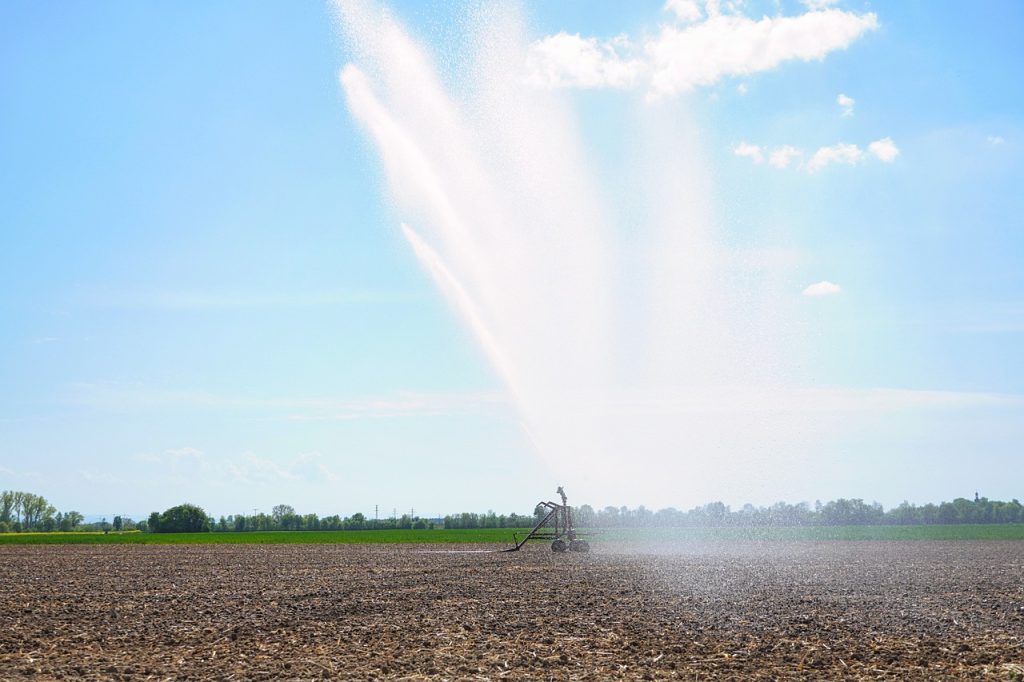Water distribution may be described as consisting of three basic components: the source of supply, the processing or treatment of the water, and the distribution of water to the users. Water from the source is conveyed to the treatment plant by conduits or aqueducts, either by pressure or open-channel flow. Following treatment, the water enters the distribution system directly or is transported to it via supply conduits. The water source must provide a quantity sufficient to meet all municipal, institutional, and industrial uses as well as the fire- fighting demand. Either surface water or groundwater may be used.
Although most water systems are supplied from only one source, there are instances when both surface water and groundwater sources are utilized.
Surface water is drawn from large rivers or lakes. Groundwater is normally obtained by sinking wells into the saturated zone located beneath the water table.
Water resources are stressed and unevenly distributed throughout Kenya, with approximately 85 percent of the country classified as arid or semi-arid. Overall, 33 percent of Kenya’s water resources originate outside of the country.
Water Resources
Five basins account for 90 percent of Kenya’s total annual renewable supply. An estimated 75 percent of surface water originates as precipitation runoff from five “water towers” in central and western Kenya. The Lake Victoria Basin is the most productive,
accounting for 59 percent of surface water and 54 percent of total renewable freshwater. Over 80 percent of Lake Victoria’s renewable water supply is from direct precipitation, while rivers and streams originating in Kenya and Tanzania account for the
rest.
The Tana River Basin supplies 19 percent of freshwater resources and includes the Thika River, which is a key source of water for Nairobi. The Tana River is the longest in Kenya and flows 1,050 kilometers southeast from the Aberdare mountains and Mt. Kenya through arid and semi-arid lands before discharging into the Indian Ocean.
